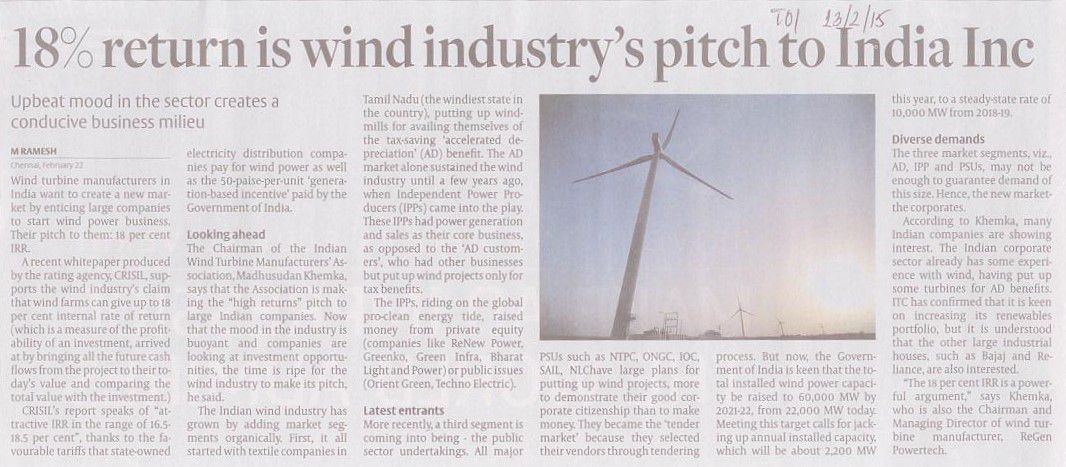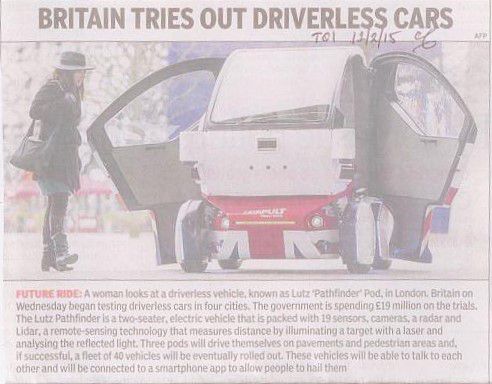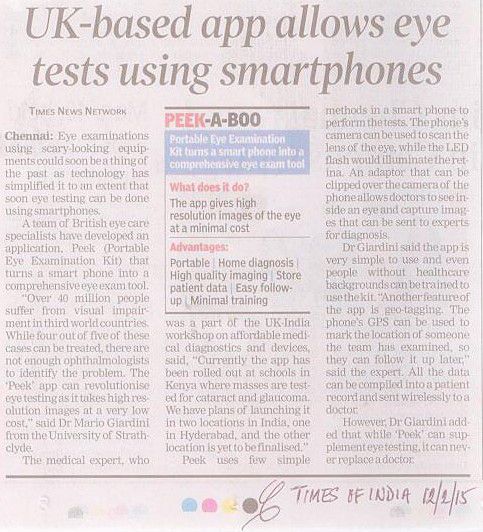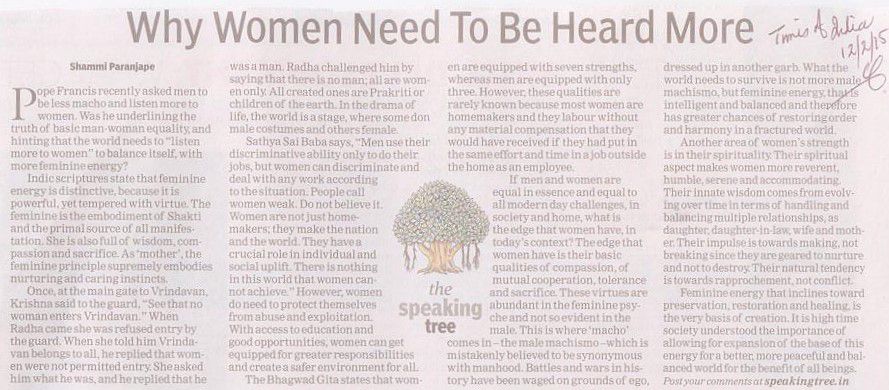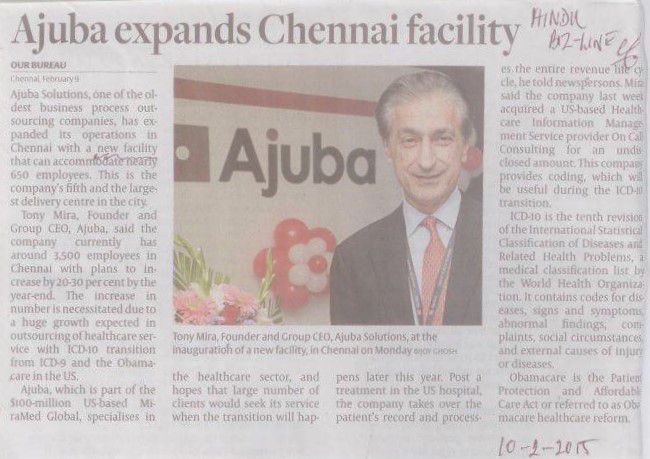IT services firm Cognizant has come out with an upbeat guidance for the calendar year 2015. Digital technologies are changing the way businesses are done. And, Cognizant is seeing robust demand for newer technologies. In an e-mail interview, Rajeev Mehta, CEO (IT services) of Cognizant elaborates his thinking on very many issues. Excerpts from the interview with The Hindu:
Tech spending and demand environment – how do they look like now?
Budgets overall are flattish to up slightly as per our clients. In January 2015, Gartner projected that worldwide IT services spending would be up by about 2.5 per cent and the overall IT spending (including enterprise software, telecom and devices) up 2.4 per cent for 2015. However, within the budget, we are seeing clients focused on the dual mandate of driving efficiency of operations with a growing shift of spend toward innovation, regulatory and compliance-driven work.
The overall demand environment remains strong, and we have a very healthy order pipeline entering 2015. We are seeing solid demand across our key industries and service lines. In particular, we are seeing robust demand in newer technologies, which help clients on the path to transforming their businesses into digital enterprises.
What are the key triggers for an upbeat guidance for this calendar year?
For many quarters, we have been talking about a once-in-a-decade shift, driven by digital technologies that are putting industries and businesses at a crossroad. While there have been big technology shifts in the past, the current digital era is different in two very fundamental ways.
First, technology has moved from automating transactions to `instrumenting’ all aspects of our lives. Sensors are being embedded everywhere, which implies that physical environments are becoming more intelligent and almost everything is becoming a source of data. By 2020, there will be 50 billion connected devices, generating 50 times the data that is being generated today. The only way to harness this ecosystem is through advanced forms of technology and automation.
The second difference is that the pace of change is like nothing we have seen before. Today, innovation cycles have compressed so dramatically that business leaders around the world have to think of innovation and improvement simultaneously. Clients need a partner who has the ability to integrate and execute end-to-end transformations, driving both efficiency and innovation. We are confident that Cognizant is that partner for our clients in 2015 and beyond. This is the trigger for our guidance of at least $12.21 billion of revenue, which represents full year growth of at least 19 per cent, including a two per cent currency headwind.
How different geographies such aslike the U.S. and Europe are panning out? Is Europe a concern? Do you think cross-currency would be major headwind?
Revenue from Europe was up 0.6 per cent compared with the third quarter, including a negative 4.4 per cent currency impact. Revenue was up about 11 per cent over a year ago. We expect revenue from Europe to be volatile, in part because of currency fluctuations. But we expect solid growth over the coming years, as we increasingly benefit from the structural shift toward larger, multi-year outsourcing programmes.
How is the social, mobile, analytics, cloud (SMAC) busines panning out?
SMAC, for us, today has folded into the larger digital opportunity. SMAC refers to the tools and digital to the larger business solutions. We have a comprehensive, integrated approach to help clients evolve to become digital enterprises. The approach centres around four key areas: the creation of a strategy to help clients capture the commercial digital opportunity, leverage design capabilities that help re-imagine and architect the business of the future in a digital world, transform existing business processes into digital version through our extensive knowledge of process and systems, and foundational technologies that focus on infrastructure, connectivity, devices, and security that are required to support digital solutions.
In addition to TriZetto, Cognizant did three digital acquisitions in 2014. How are these digital acquisitions doing? And, has your philosophy on acquisitions changed now?
If you take the Cadient acquisition, we did in the fourth quarter. In the 60 days after closing, we had four synergistic client wins. These are existing Cognizant clients where we have won new digital engagements. Cadient, as a stand-alone digital agency, also had a number of new logo wins during the quarter. As such, we are pleased with the momentum in this area and expect that to continue.
Our strategy continues to be to acquire for capability and not capacity. We continue to focus on organic growth and make strategic “Tuck under” acquisitions to help expand our geographic footprint (such as the acquisitions of Equinox in France and the six companies of the C1 Group in Germany), complement and enhance our solutions spectrum (such as the acquisition of Cadient in digital marketing), and strengthen our domain, consulting or analytics capability (such as the acquisition of PIPC in program management consulting). The idea of tuck-under acquisitions is to enhance our depth and sophistication in key markets.
What will be hiring pattern this year?
Hiring has been strong in the past two quarters with net headcount addition of approximately 24,000. We don’t provide headcount guidance. But, in general, we would expect headcount to grow roughly in line with revenue growth. We believe that headcount and utilization will bounce around, as we are building out new businesses such as digital.
This article was published at http://www.thehindu.com/business/Industry/this-digital-era-is-different-cognizants-rajeev-mehta/article6869279.ece

